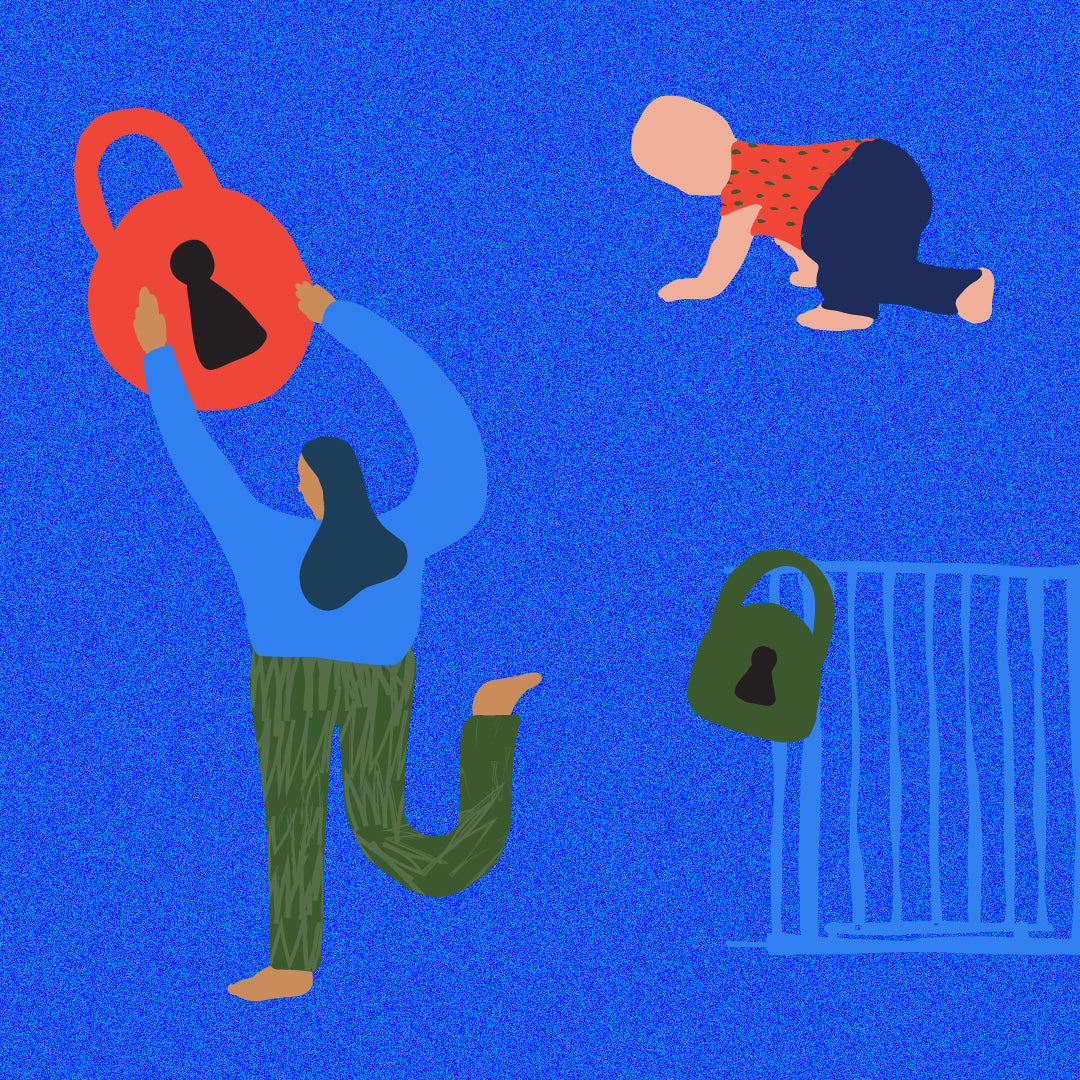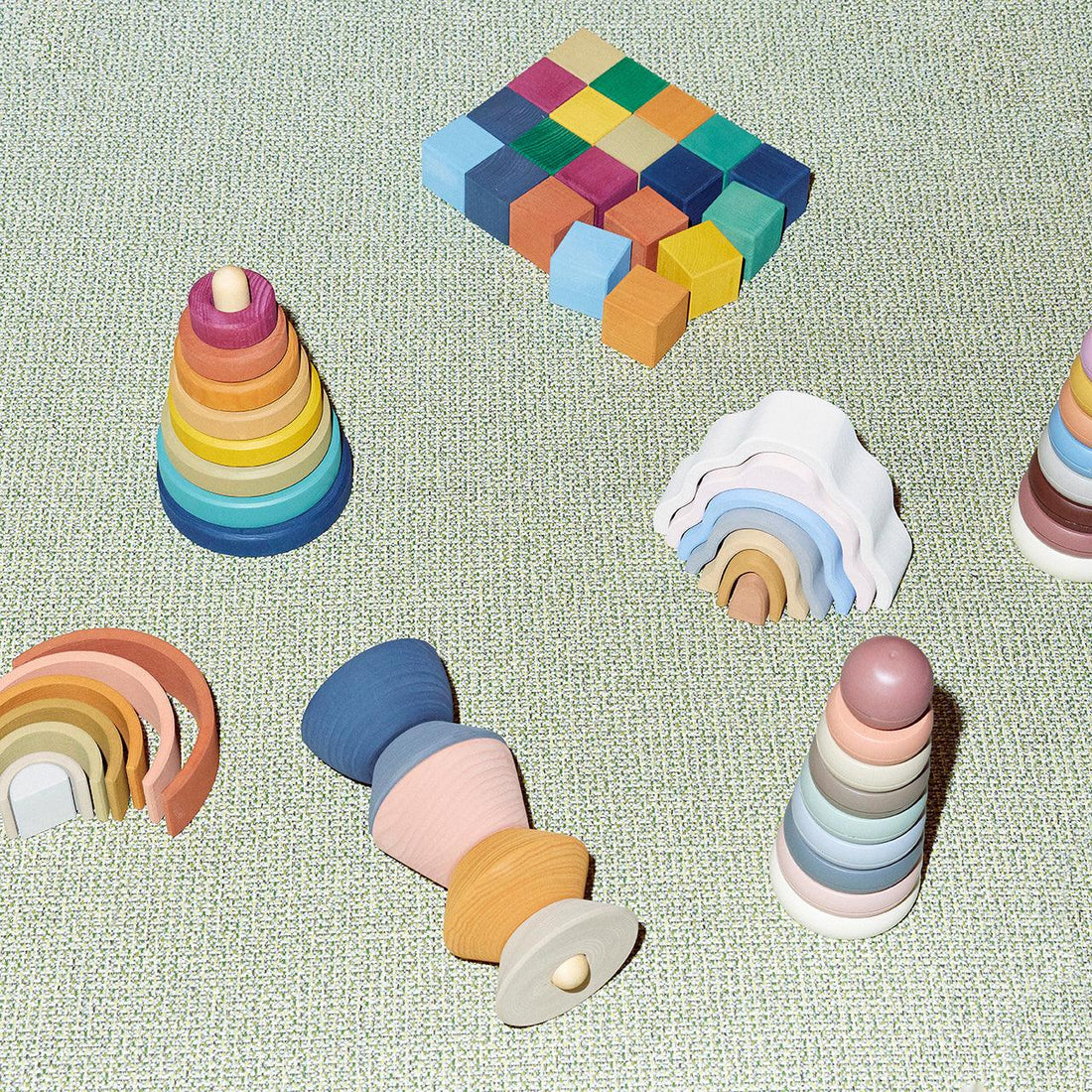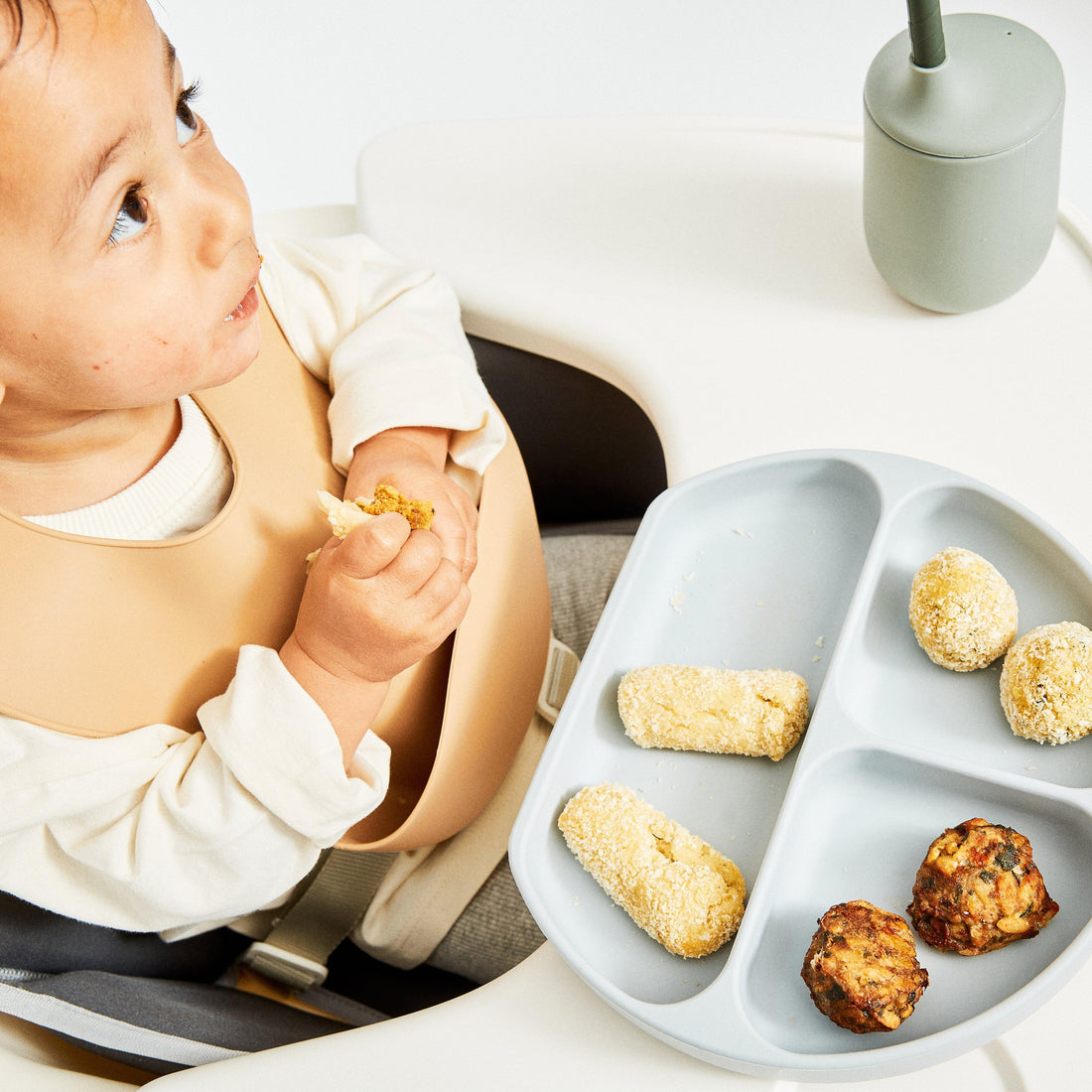So, all of us then.
Baby-proofing: it’s not the sexiest of topics, nor the most aesthetic, but it is a necessary one. Because as soon as your baby graduates from cute lump to on-the-move, all the seemingly innocuous things you have lying around at hand-level suddenly become hazards/ potential trips to Emergency. And if there’s one thing we know about babies it’s that they have a knack for finding the most dangerous and/or disgusting things to play with — and make a meal out of. So here’s your worry-free guide to baby-proofing your home, so you have one less thing to stress about.
Why Baby-Proof?
The answer to this is simple: while we may not be able to protect them from every single hazard they’ll come across in their lives, most accidents and injuries can be prevented with a few simple modifications. According to the Royal Children’s Hospital the home is the most common place for children to be injured with falls, poisoning and burns amongst the most common injuries, especially for toddlers aged 1-2, with incidents decreasing with age. Most of the injuries are preventable, and this is the key reason to baby proof your home.
What Areas Should I Baby-Proof?
Some of the most common areas where injuries occur are the kitchen, stairs, bathroom and laundry, so these are all good places to start. Here’s a list of things to look out for.
Stairs: If you have stairs, your first port-of-call will be installing a safety gate. These come in many variants and mount to door frames or bannisters, and have hold-and-release openings that can even be challenging for some adults — so there’s no way little fingers will be able to navigate it.
Cabinets or cupboards: Next up, is securing your cabinets where any of potential hazards live (think: chemicals, sharp objects, possible small things they can choke on).There are a multitude of options available for securing your cupboards, but some of our favourites include the Multi-Purpose latch from Dream Baby because it doesn’t need any tools to install, and the Dream Baby Adhesive Mag Lock because its invisible so won’t ruin your aesthetics.
Electrical cords and outlets: For extra safety you can also install safety plugs for your electrical outlets which will stop curious toddlers from sticking objects into the sockets. Loose cords are also kryptonite for curious babies, so try wrapping yours in a cable sleeve or protector, so they can’t get to them.
Sharp corners: Benches, coffee tables — you name it, there’s a pointy edge waiting for a fall (and toddlers fall a lot!). Luckily the fix is easy: just slide some corner bumpers over sharp edges and they’ll soften the impact of potential falls — and save you a trip to emergency.
Non-fixed furniture: You probably didn’t give much thought to how safe your furniture was pre-baby, but pieces that aren’t fixed to the wall, especially those that are more lightweight like stands, dressers or TVs are often used by toddlers to leverage or steady themselves as they stand, not to mention the appeal they have as climbing structures. You can fix furniture to the walls with anti-tip or anchoring straps that can be hidden from view.
Top hack
It’s a toddler’s job to be curious, so rather than baby-proofing every single cupboard in your kitchen, leave one that’s low to the ground filled with tupperware that they can explore and play with.

















